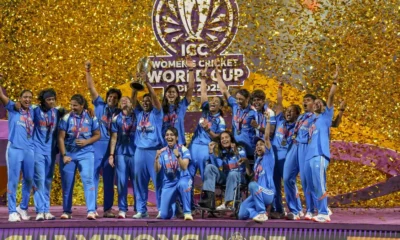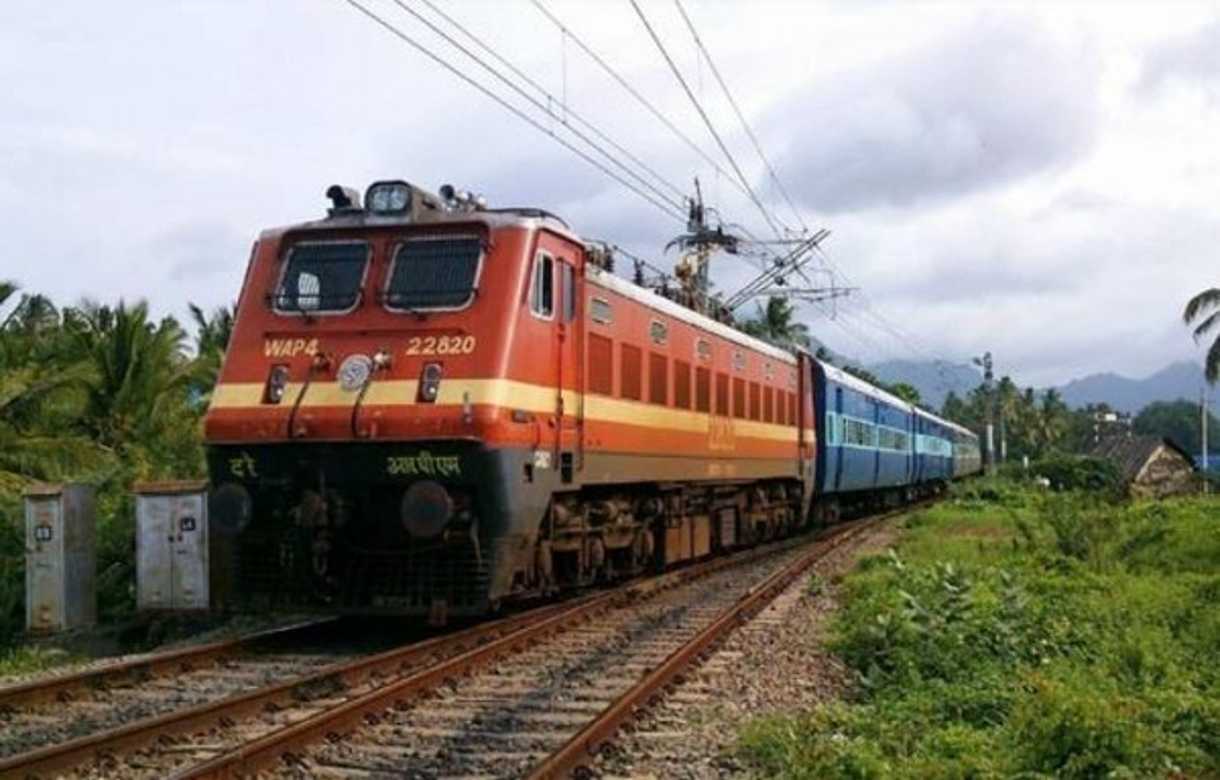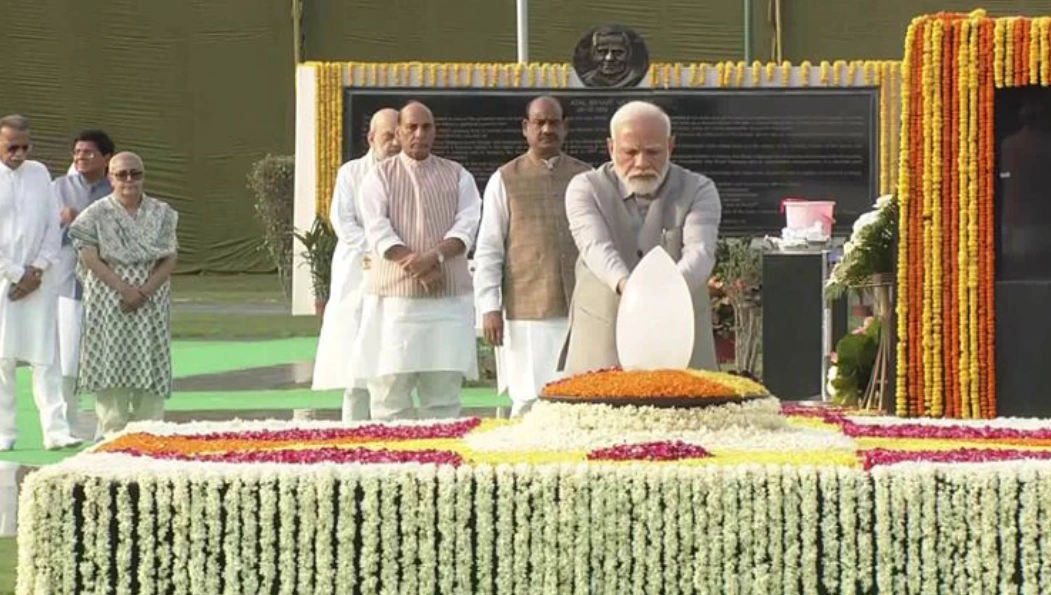India News
President Droupadi Murmu addresses the country on the eve of Republic Day | WATCH
The National Education Policy (NEP) prepares the learners for the challenges of the 21st century and makes the knowledge based on our civilisation relevant to contemporary life, she said in her speech

India News
Delhi air quality improves slightly but stays in poor category
Delhi’s air quality improved slightly on Friday with the AQI falling to the poor category, though many areas continue to record very poor pollution levels.
India News
Train fares increased from December 26: check revised ticket prices across classes
Indian Railways has increased long-distance train fares from December 26, with higher ticket prices for mail, express, sleeper and select ordinary classes.
India News
PM Modi pays tribute to Atal Bihari Vajpayee at Sadaiv Atal, says leadership is defined by conduct
PM Modi paid tribute to Atal Bihari Vajpayee at Sadaiv Atal, saying true leadership is defined by conduct and values, not by position.
-

 Latest world news21 hours ago
Latest world news21 hours agoTarique Rahman returns to Dhaka after 17 years, massive crowd greets BNP leader
-

 Latest world news18 hours ago
Latest world news18 hours agoKhaleda son Tarique Rahman arrives to rapturous welcome in Bangladesh
-

 India News2 hours ago
India News2 hours agoTrain fares increased from December 26: check revised ticket prices across classes
-

 India News2 hours ago
India News2 hours agoDelhi air quality improves slightly but stays in poor category
















